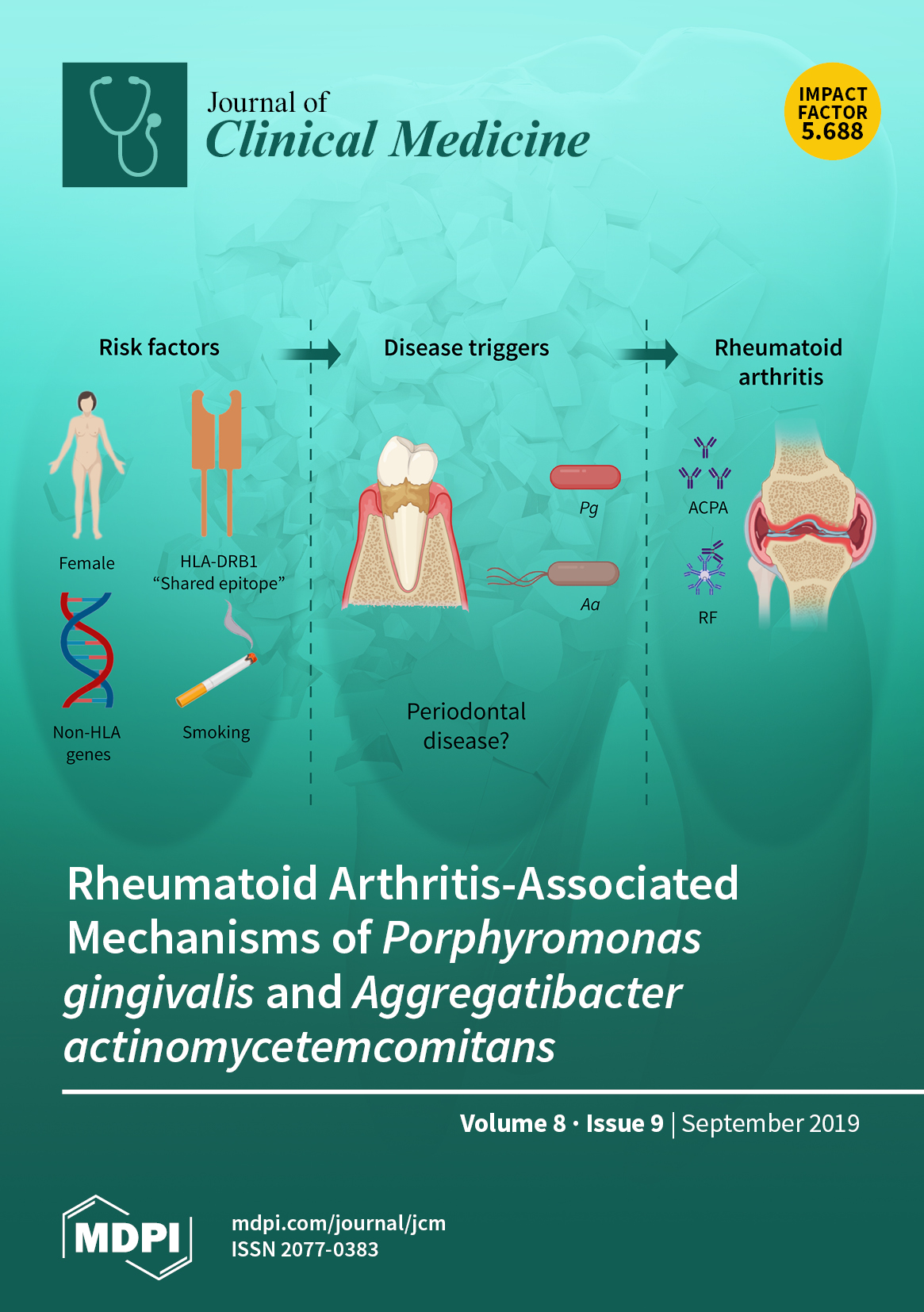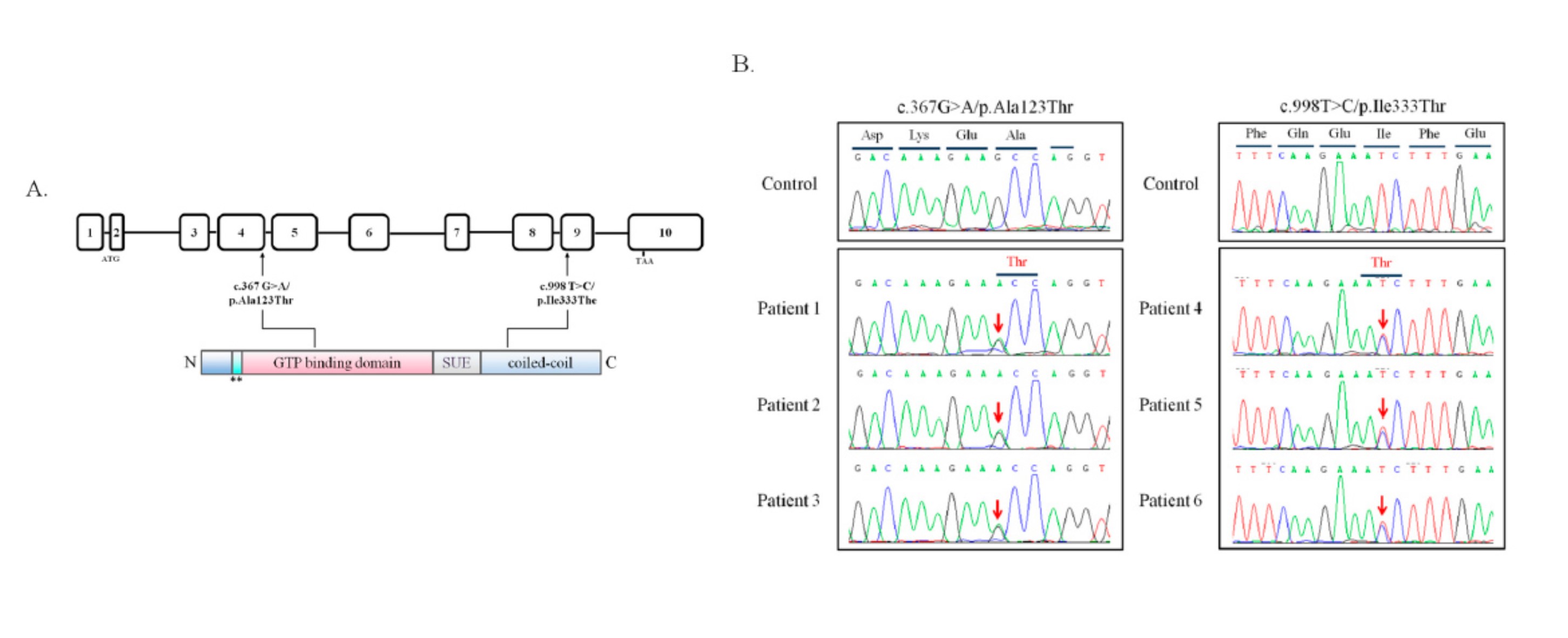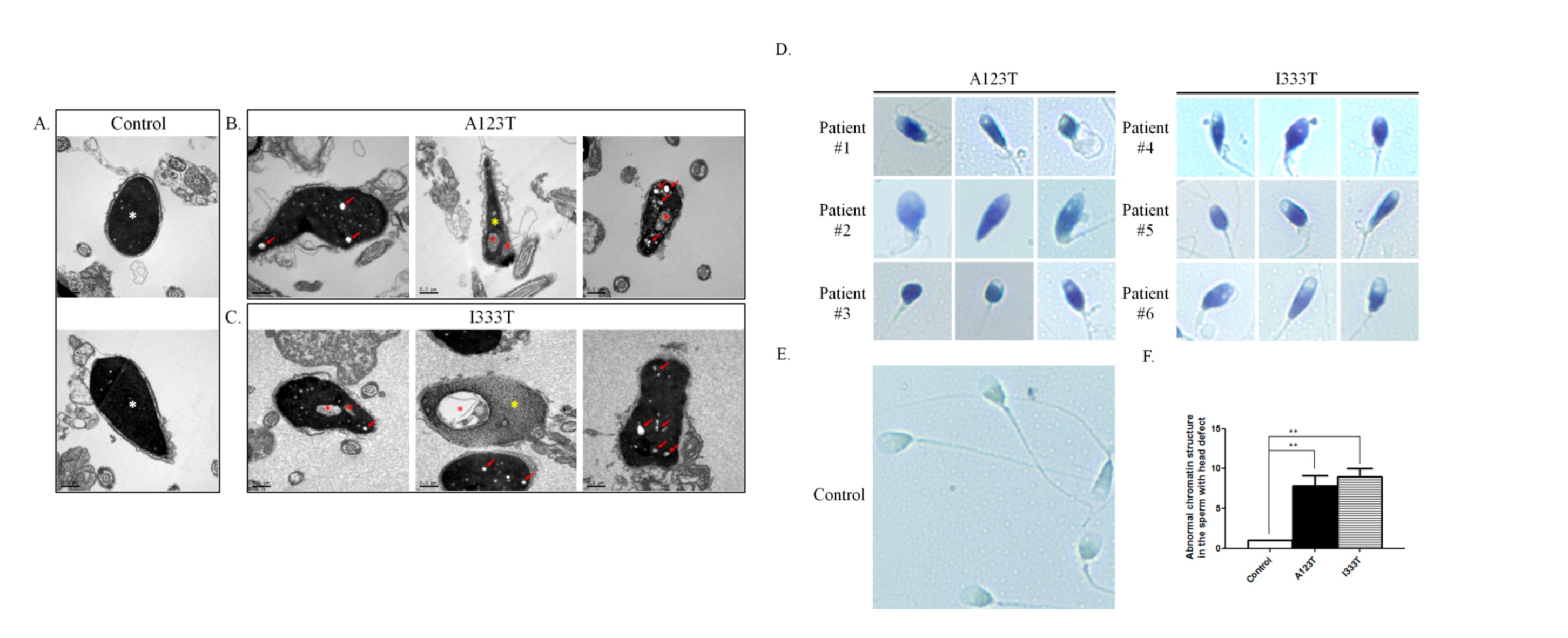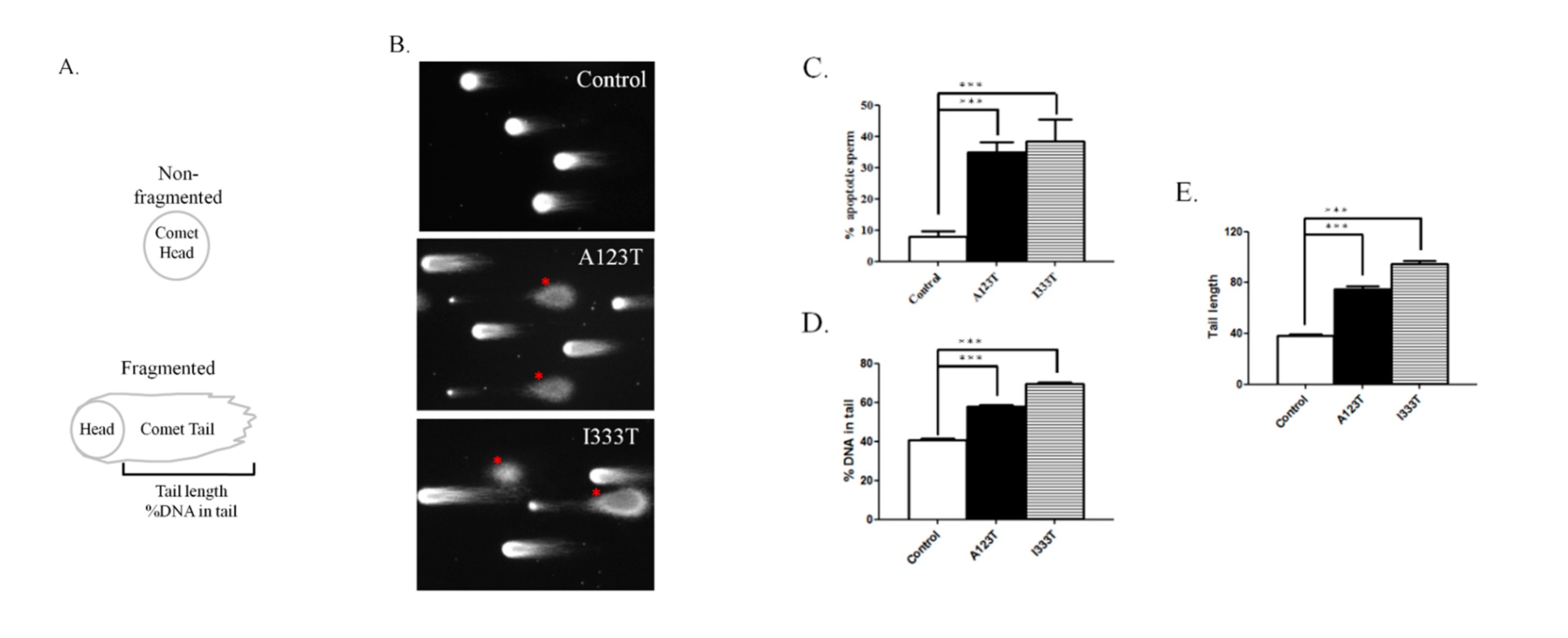Featured Scientist

Ying-Hung Lin
Graduate Institute of Biomedical and Pharmaceutical Science,
Fu Jen Catholic University, New Taipei City, Taiwan
Article published in
"Journal of Clinical Medicine“ 2019, 8(9)
SEPT14 Mutations and Teratozoospermia: Genetic Effects on Sperm Head Morphology and DNA Integrity
The main objective of this study was to evaluate the potential genetic effects of SEPT14 on male infertility through sequencing the SEPT14 coding region. To address this research gap, 254 men with sperm abnormalities and 116 normozoospermic men were recruited, and the whole-coding regions of SEPT14 were sequenced. Two heterozygous mutations, p.Ala123Thr (3/254 vs. 0/116) and p.Ile333Thr (3/254 vs. 0/116), were identified in these cases. A high percentage of defective sperm heads was found in sperm with mutated SEPT14. Both mutations are highly evolutionarily conserved among vertebrates. The results of a fine morphological and chromatin structural analysis indicated severely malformed sperm heads with abnormal chromatin packaging through transmission electron microscopy and Toluidine blue staining. Compared with controls, high DNA fragmentation was demonstrated in sperm from cases carrying SEPT14 mutations using the comet assay. In addition, these two mutations in SEPT14 affected its polymerization ability in vitro. These data revels that the two SEPT14 missense mutations impaired sperm head morphology and induced DNA damage. Our study suggests that genetic variant of SEPT14 is one of the effects for human sperm formation and male fertility [Full article]
Figure 1.

Figure 2.

Figure 3.
